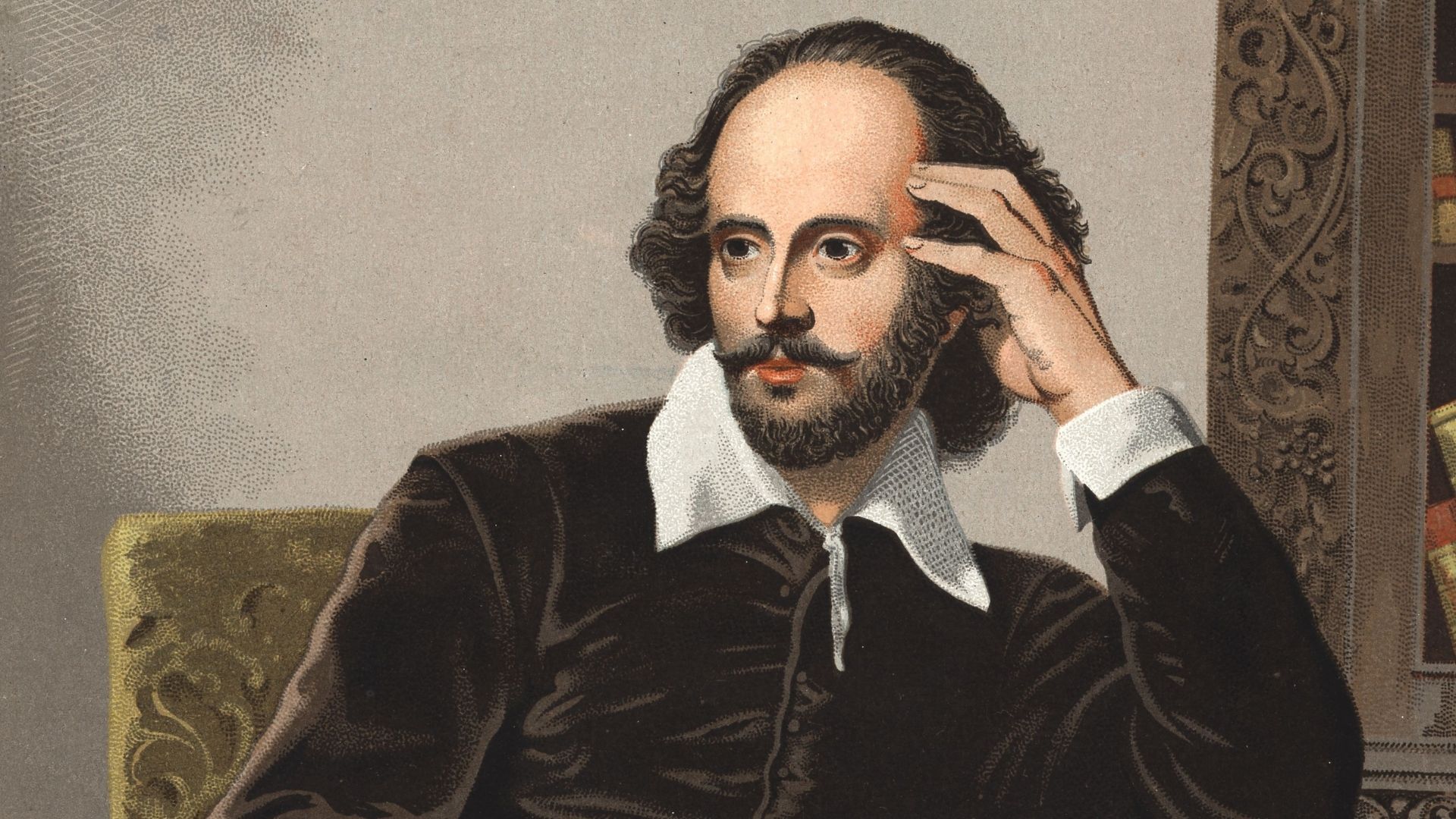Monday, January 13, 2003
Sonnet 106: When In The Chronicle Of Wasted Time Comments
Rating: ★3.3
When in the chronicle of wasted time
I see descriptions of the fairest wights,
And beauty making beautiful old rhyme
In praise of ladies dead, and lovely knights,
...
Read full text
COMMENTS
Ripper Moore
13 April 2008
I have noted that precise wording in a given poem tends to vary from source to source. I believe, however, that I have spotted a genuine transcription error here. In all other publications of this sonnet I have read, the second-to-last line reads: 'For which we now behold these present days, '
1
0
Reply

This sonnet looks back to a time when knights and ladies led lives of romance and mystery, a time which chroniclers have recorded.for posterity in descriptions which appear to foreshadow in some sense the youth's excelling beauty. The writers of past ages were aware, through some sort of divination, of a beauty that surpassed all others. Yet they did not know the youth, who was not yet born. Their songs therefore were mere prefigurings of his worth and glory, which now is appreciated, even though the present day poets lack the skill to sing of him adequately.